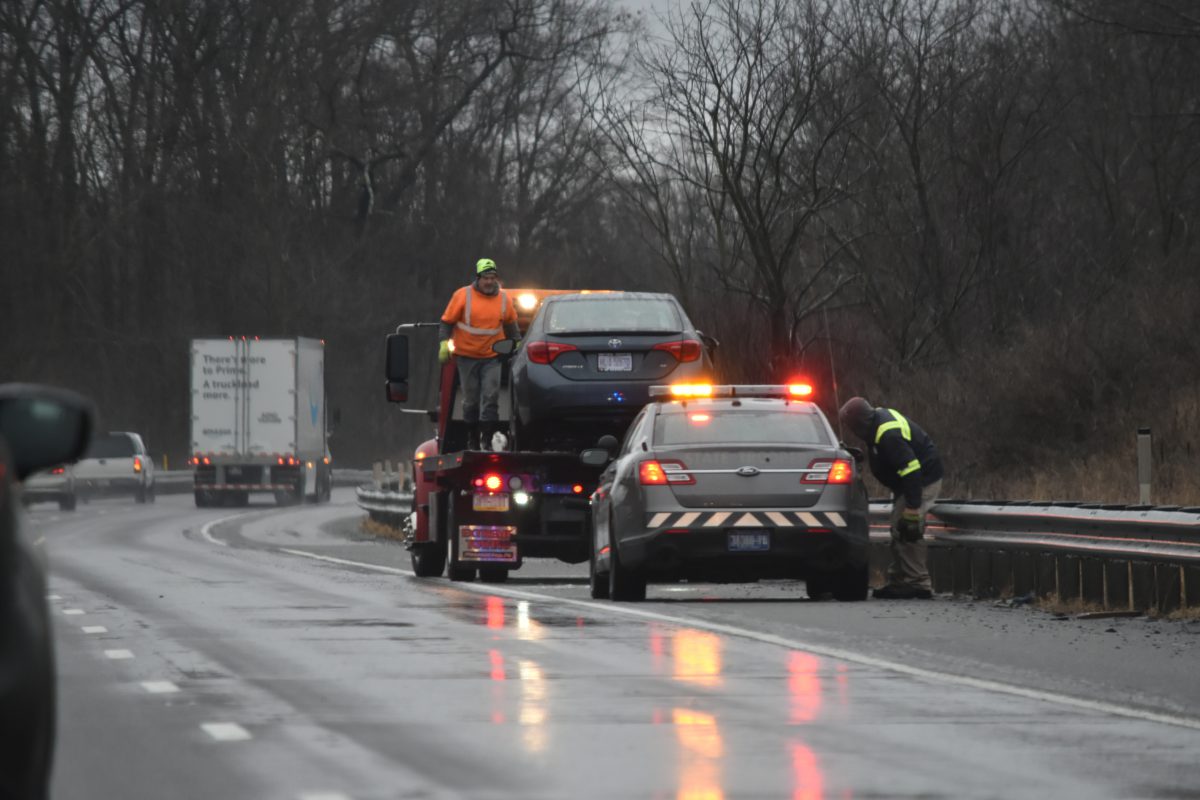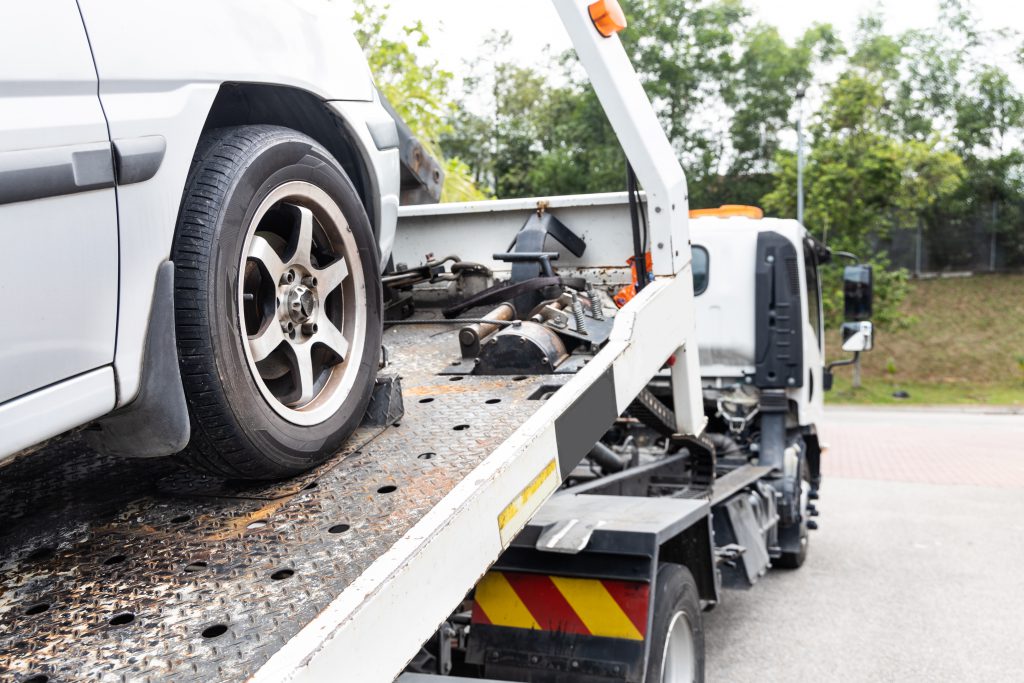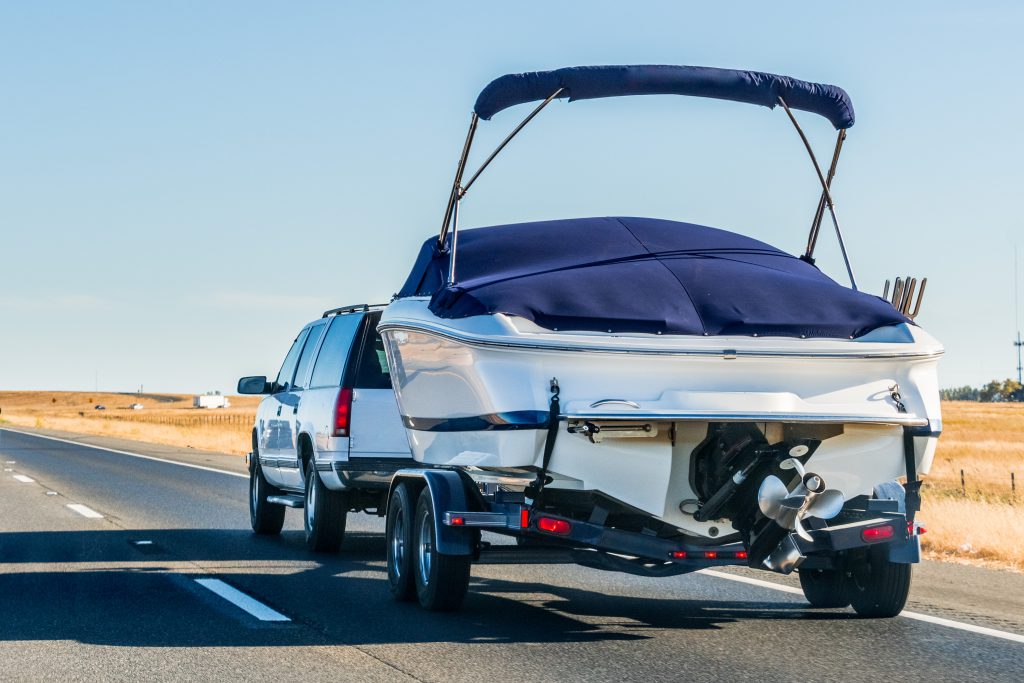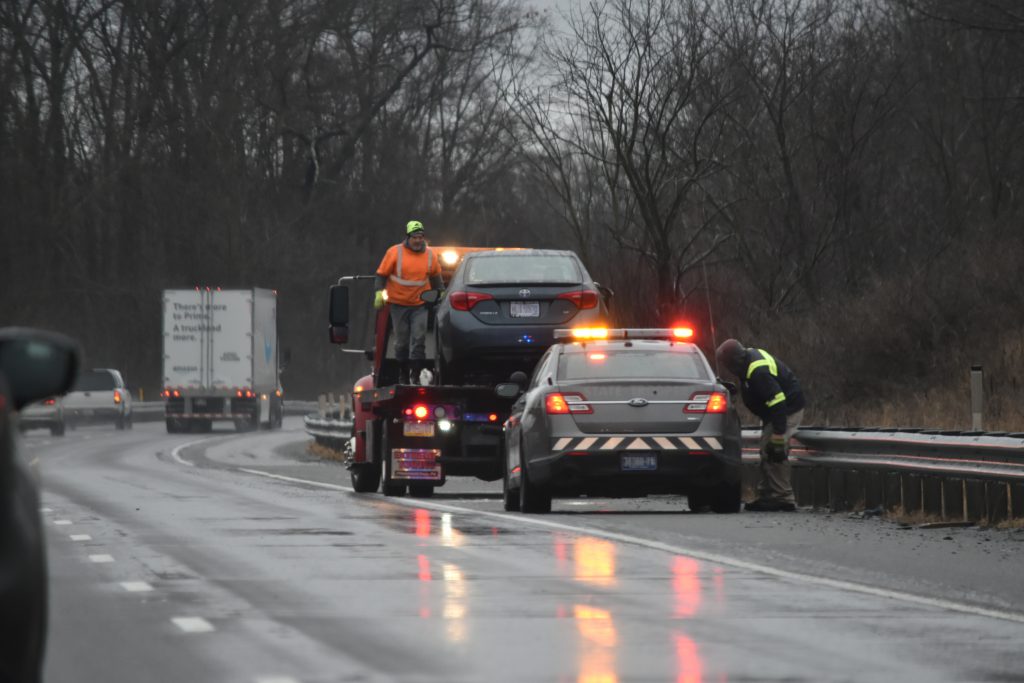
With the monsoons looming overhead in most regions of the country and the world, many people turn their attention to driving. When monsoons are particularly severe, roads become obstacle courses and driving becomes extremely hazardous, increasing the need for a Local Tow Truck. Most seasoned drivers from towing service Brisbane will advise you to avoid driving in the rain, particularly if it is a strong downpour. If you really must drive, you must understand how your automobile will react to wet roads and keep in mind that visibility is substantially reduced during rain.
Here Are Some Rainy-day Driving Guidelines That Will Keep Your Vehicle Safe
Drive with Caution.
Driving in the rain necessitates slowing down and being cautious to prevent accidents and having to call Local Tow Truck. The greatest thing you can do as advised by towing service Brisbane is to drive at a safe speed that is proportional to the amount of wetness on the road. You should also avoid making sudden bends or forceful brakes in the tracks of the car ahead of you, in addition to slowing down.

Make your following Distance Longer
As you slow down, it’s a good idea to leave greater space between your vehicle and the one in front of you. This is because stopping a vehicle on a wet road takes longer, therefore you’ll need extra following space to stop safely to avoid accidents and needing the assistance of a Local Tow Truck. According to towing service Brisbane, many car accidents occur on wet roads, so be prepared to stop within the distance you can see ahead.
Don’t Put Your Trust in Cruise Control
Cruise control is now standard in most modern automobiles. When driving in the dry, this feature is fantastic; unfortunately, when driving in the wet, it falls short. It’s very likely that you’ll lose control of the vehicle. As a result, you shouldn’t rely on cruise control. In fact, it’s best to avoid cruise control altogether because you’ll be able to react more quickly in the event of a potential loss of traction, assuring your safety.
Safeguard Yourself Against Hydroplaning
The inability of the tires to grip the road causes hydroplaning, which causes the vehicle to lose control of its direction. This usually occurs when you abruptly use the brakes when the car is going at a high speed. When the roads are saturated from rain, this happens frequently. It is essential that you maintain a moderate speed to avoid hydroplaning. It’s also a good idea to make sure your tires are properly filled before leaving. Make sure your tires are checked by Local Tow Truck before leaving.
If you find yourself in a position where your automobile is hydroplaning during a rainstorm, try to remain cool first or call Brisbane tow trucks, since the more nervous you become, the more control you will lose. Then, immediately remove your foot from the accelerator pedal. This will aid in the car’s slowing down. Then, to get the wheels to break out of hydroplaning and react to your actions, drive the car in the direction you wish to go. You should never slam on the brakes or make quick, sudden maneuvers if you’re hydroplaning. The car will skid much more as a result of this.
Puddles should be Avoided
On wet roads, hydroplaning is one of the most common causes of accidents. This is when an automobile skid because a film of water gets lodged between the tires and the road, preventing the car from slowing down or stopping. When an automobile enters stagnant water, such as puddles, at a faster speed than necessary, there is a high chance of hydroplaning, causing an accident and needing you to call Brisbane tow truck. When driving in these conditions, it’s important to either slow down or avoid driving across the puddles entirely.

Make Good Use of Your Headlights
When it’s raining, it’s best to use your vehicle’s headlights. This is because it will increase your visibility and ensure that other drivers can plainly see your vehicle. In the rain, don’t use your high lights because it will reduce your visibility and the visibility of other vehicles on the road.
When it comes to driving in the rain, visibility is crucial. Rain is sometimes accompanied by mist, which reduces visibility on the road even more. When driving in the rain, drivers are required to turn on their headlights and fog lights. The use of headlights and fog lights is advantageous not only to you as the driver, but also to other drivers on the road. According to most towing services in Brisbane, during a rain shower, the majority of road accidents are caused by a loss of sight, and any type of light will help to alleviate this problem.
Larger Vehicles should be Avoided
Keep an eye out for trailers and trucks as they pass by. In the rain, large vehicles are more prone to losing control, and their drivers have a harder time staying in their lanes. Allow yourself more space than usual so you can react to traffic more quickly.
Wait It Out
As previously said, avoiding driving in the rain is clearly the best alternative. Wet roads with low visibility, no matter how many years of driving experience you have, are a dangerous combination. If at all possible, wait until the rain has subsided or stopped completely before departing for your trip to avoid needing the assistance of local tow truck.
Check Your Automobile
If you’re preparing to go out in the rain, double-check your equipment to be sure it’s in good working order and ready to use. You don’t want to be caught in the thick of a downpour when your fog lights or headlights go out. Check all of the gear you’ll need to make your driving experience a little easier. The first thing you should do is inspect your tires. Check to see sure your tires have enough tread to handle the slick conditions. You should also inspect the headlights, windshield wipers, taillights, fog lights, turn signals/indicators, air conditioning, and the horn. The best idea is to get your local tow truck to check it all out.
Slow down a Little more than Usual
When there is heavy rain, most cities restrict the speed limit on key highways. This keeps drivers safe and prevents any unnecessary accidents or incidents. Because your car must adjust to the lower traction in wet conditions, it takes longer to respond to braking and turning. Keeping this in mind, it is recommended that you reduce your speed slightly when driving on wet roads. To give your car enough time to react to an incident, you should drive slower than the posted speed limit.
Turn On The Wipers On The Windshield
This may seem self-evident, but you’d be shocked how many individuals choose to leave their wipers off amid a heavy drizzle or light rain. Rain on the windshield might make it difficult to see critical details, which can lead to a dangerous situation, needing the assistance of your local tow truck. In a little drizzle or a heavy shower, today’s cars have several speed settings to help you wipe your windshields. If you reside in an area where rain is frequently accompanied by hail or ice particles, you may wish to use a cleaning agent in your car’s wiper sprays to keep the windshield clear and frost-free.
Maintain a Safe Distance
This is one of the first things you will learn when learning how to drive in the rain. In most cases, you should maintain a car’s distance from the vehicle in front of you. When driving in severe rain, however, you must give your car enough time to respond, slow down, and come to a complete stop. Because wet roads cause tires to skid or slip before sinking in and stopping, you must maintain a safe distance when driving in these conditions. To ensure that you have adequate time to stop, leave at least a 2-car space between you and the vehicle in front of you.
Don’t slam on the brakes too hard
On wet roads, as previously stated, a car takes longer to slow down and stop. This is because a little film of water caught between the road and the tires reduces the friction between the two. It is recommended that you take your foot off the pedal and gently press down on the brake when slowing down and stopping. If you slam your foot down on the brake pedal, the automobile is more prone to skid, and you will quickly lose control, causing an accident and will have to call your local tow truck for help.

Switch On The Air Conditioner
Rain creates humidity, which leads to fogged windows in a closed vehicle. For every driver, a fogged-up glass is extremely dangerous and should be avoided at all costs. Turn on your air conditioning and adjust the temperature to a level that matches the outdoor temperature to keep your windows from fogging up when driving in the rain. This will prevent the glass from fogging up, allowing you to see more clearly. If that doesn’t work, pull over to the side of the road and open a few windows to let some fresh air in.
So, the next time you decide to test your driving skills on a wet road, keep these things in mind before getting into your car and turning the key. Driving on a wet road or during a strong rainstorm can be dangerous, not just for you but also for other road users. Avoid any potentially risky situations by avoiding driving in the rain if at all possible, and if you must, use these strategies to your advantage.

